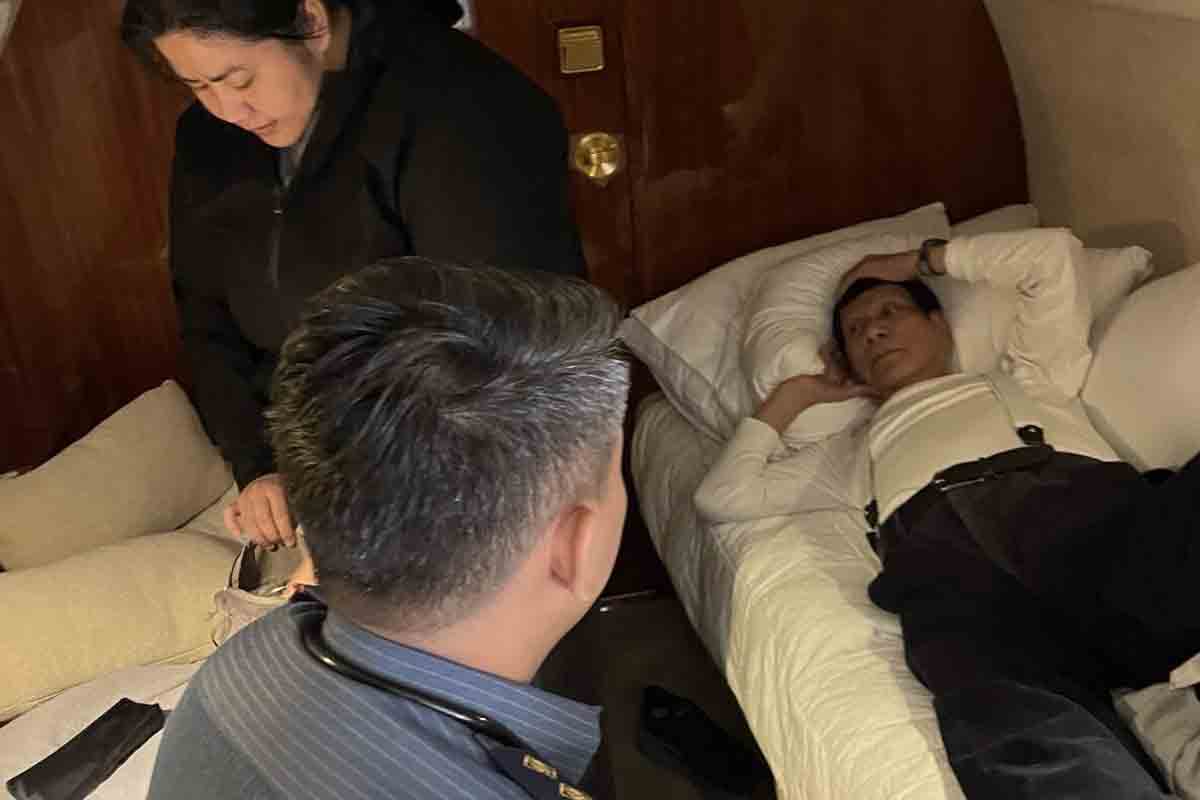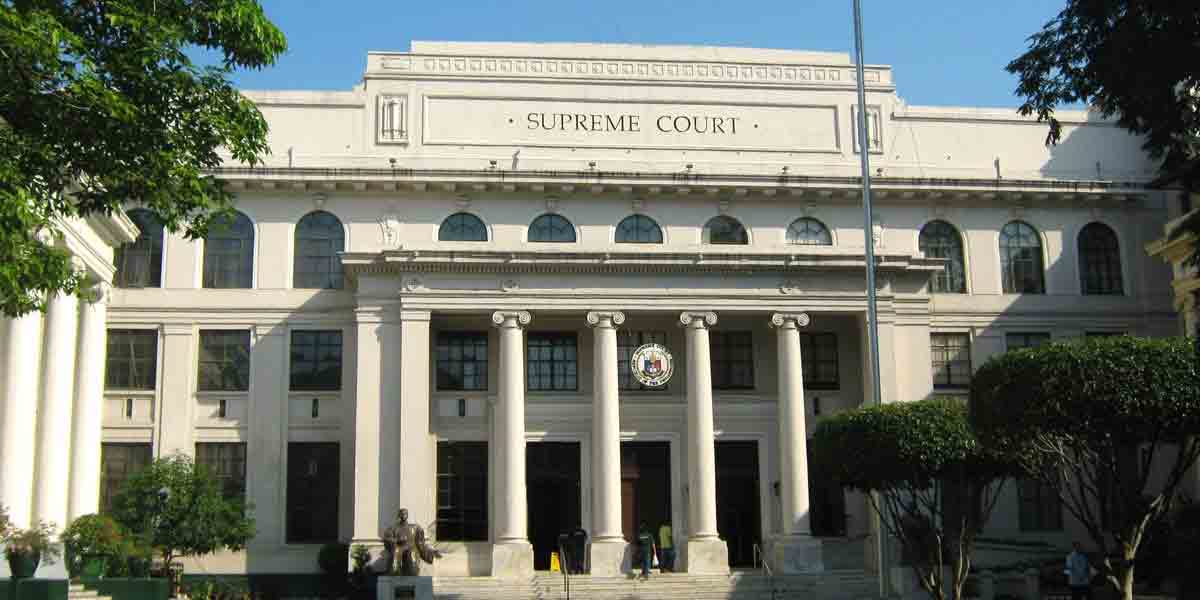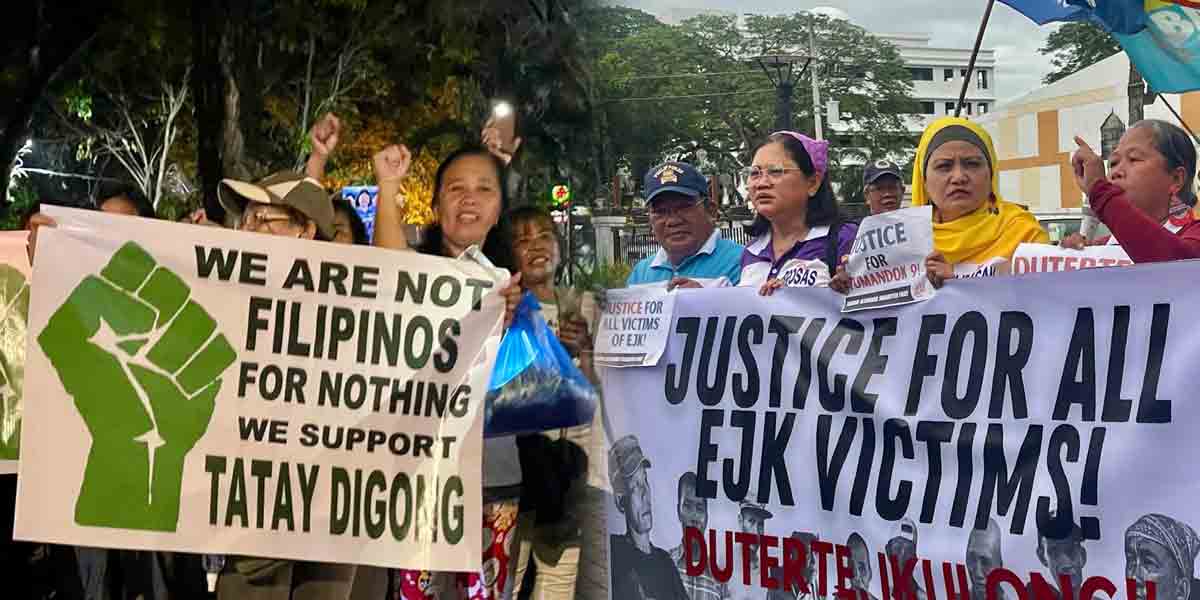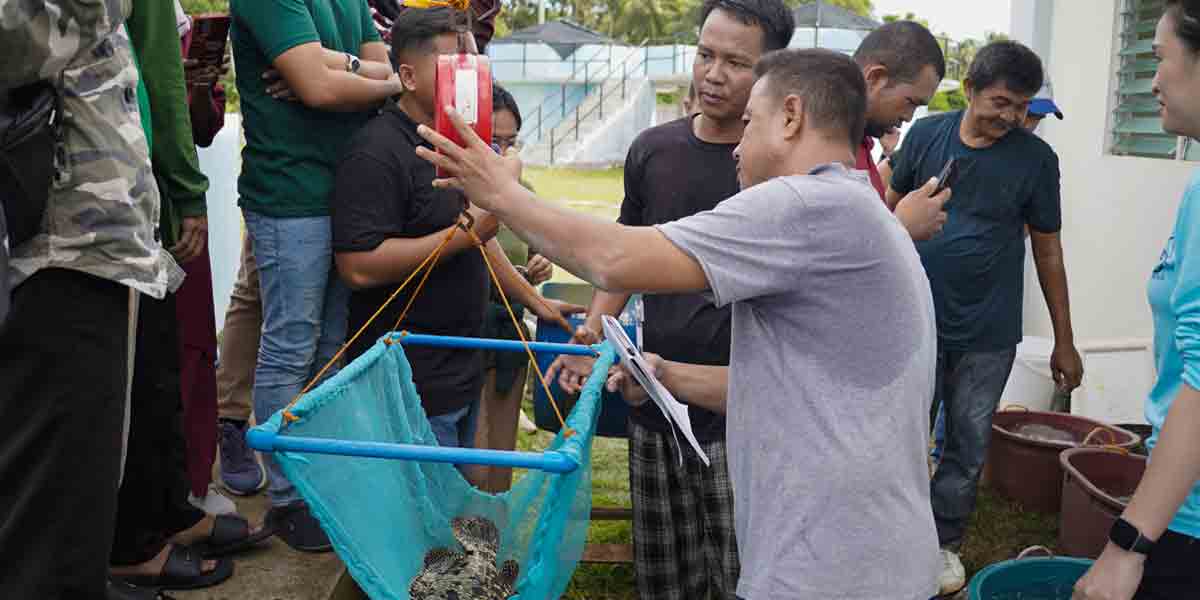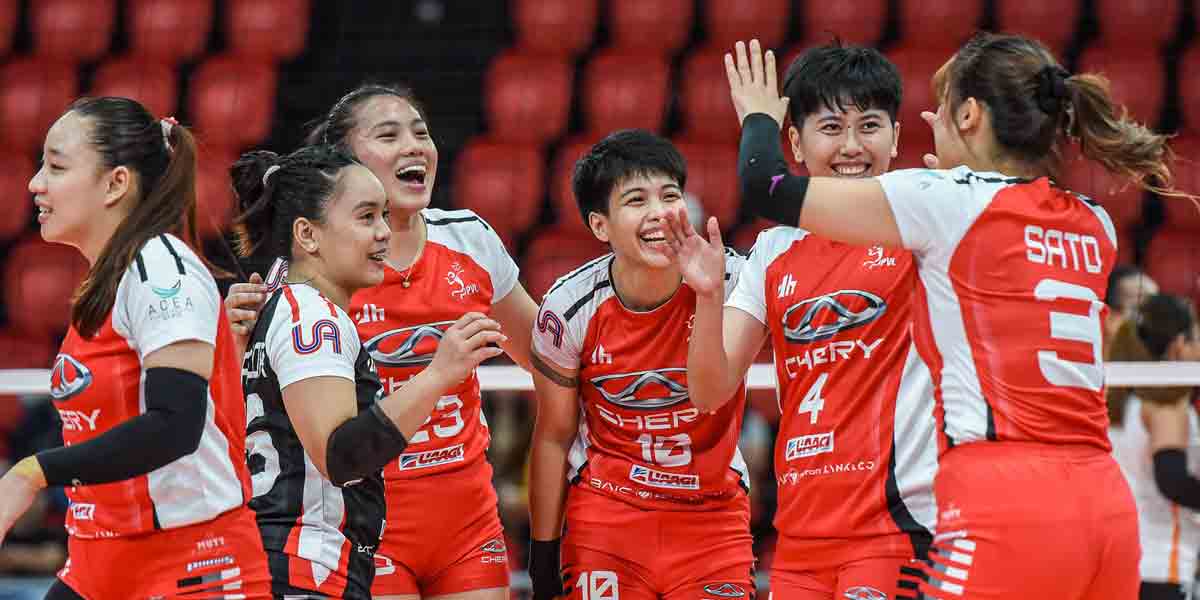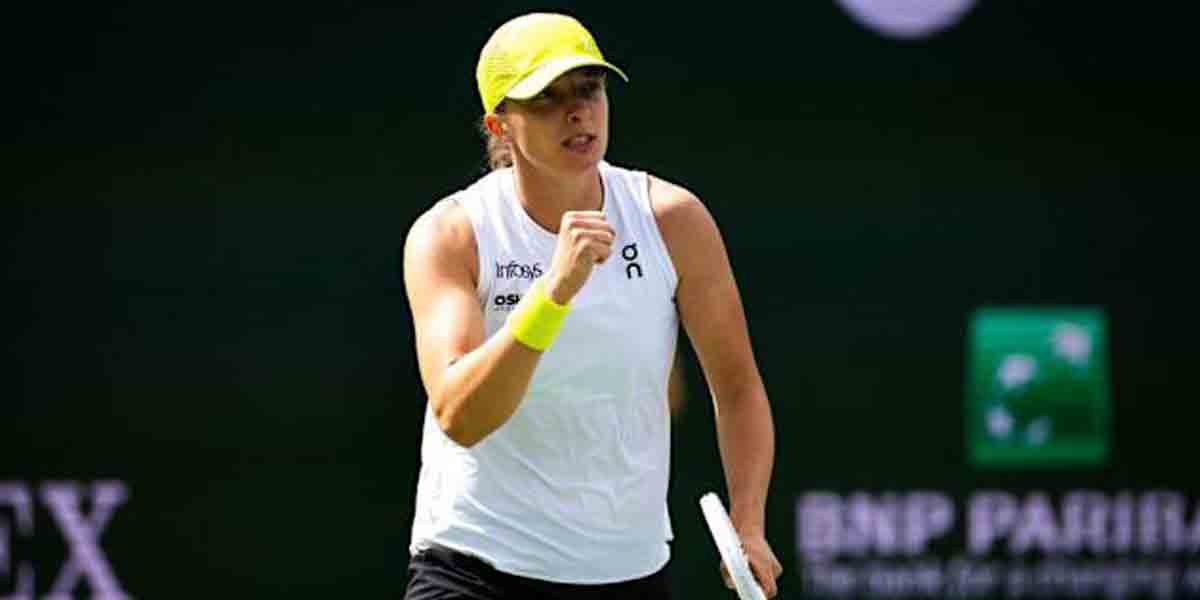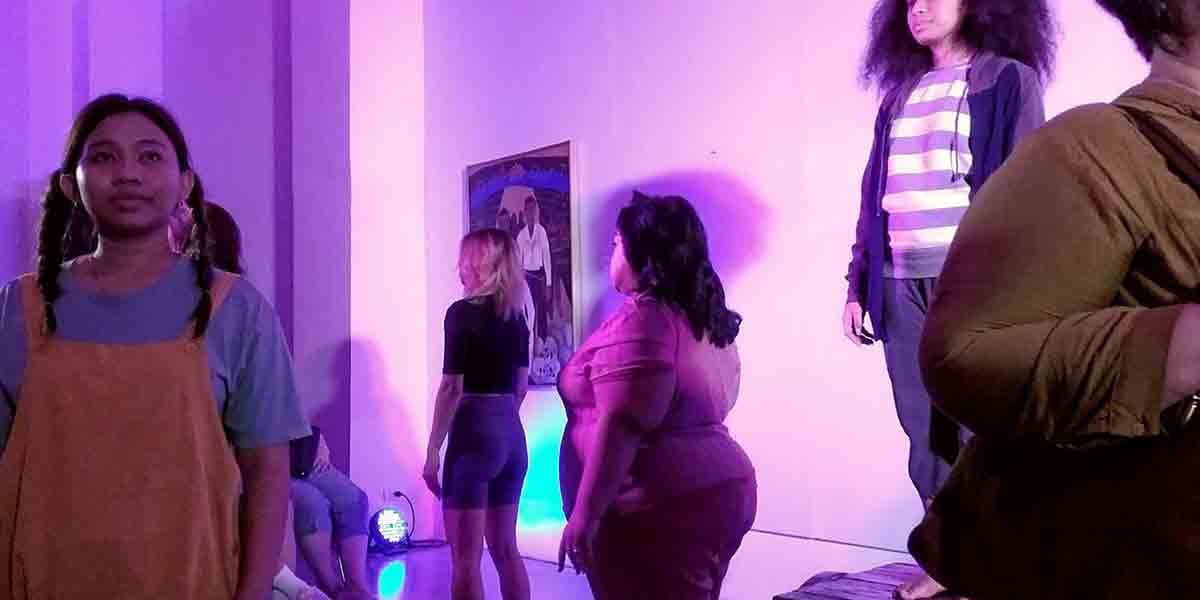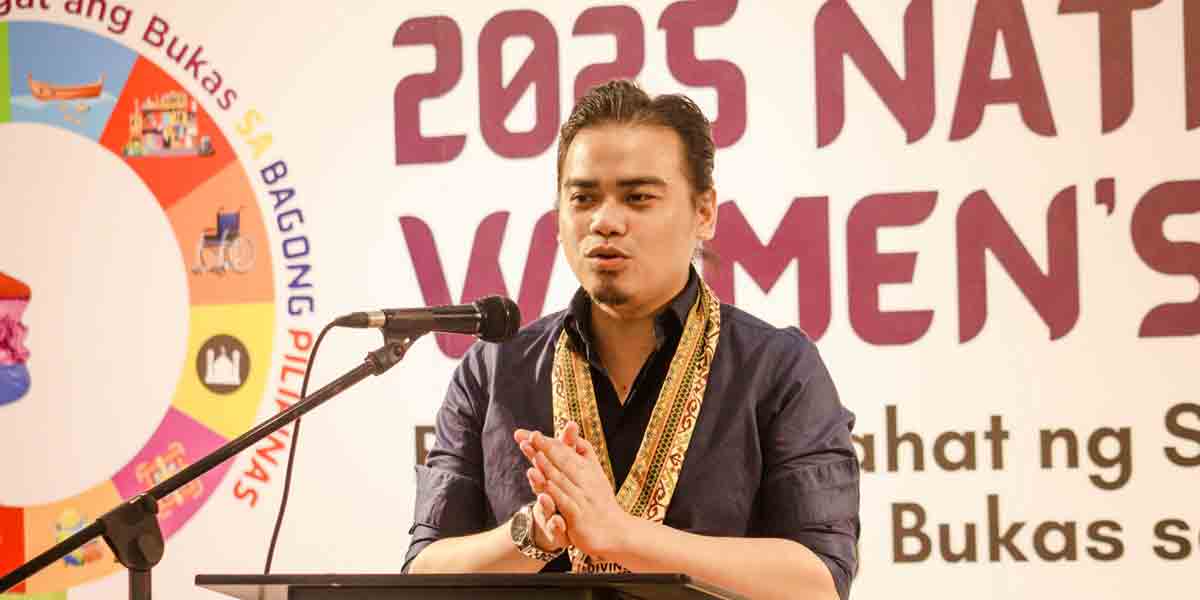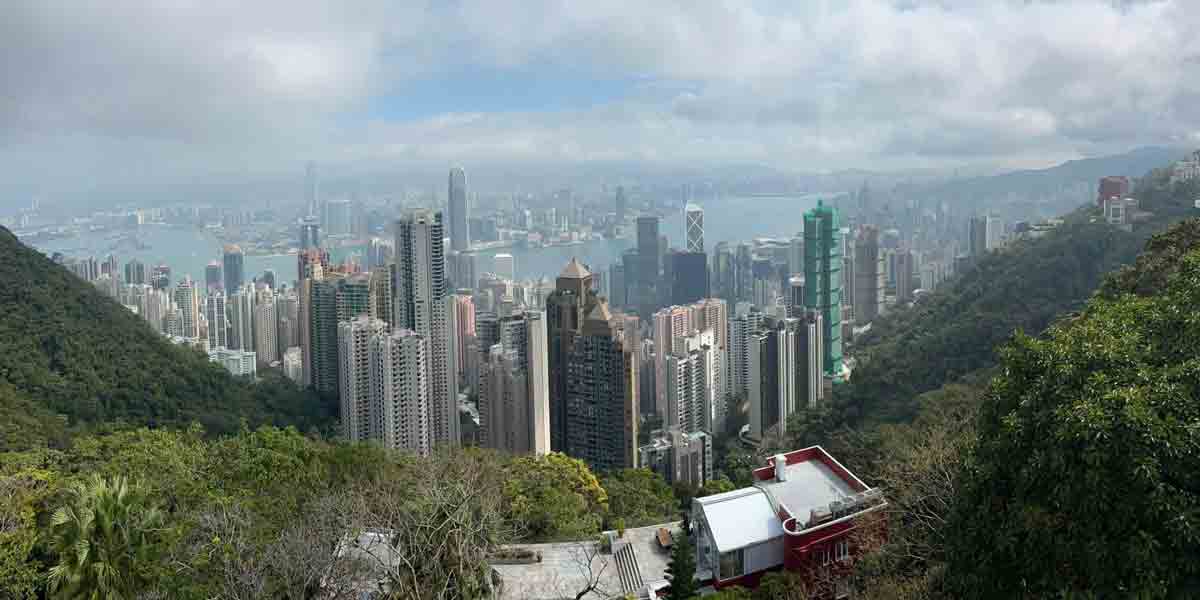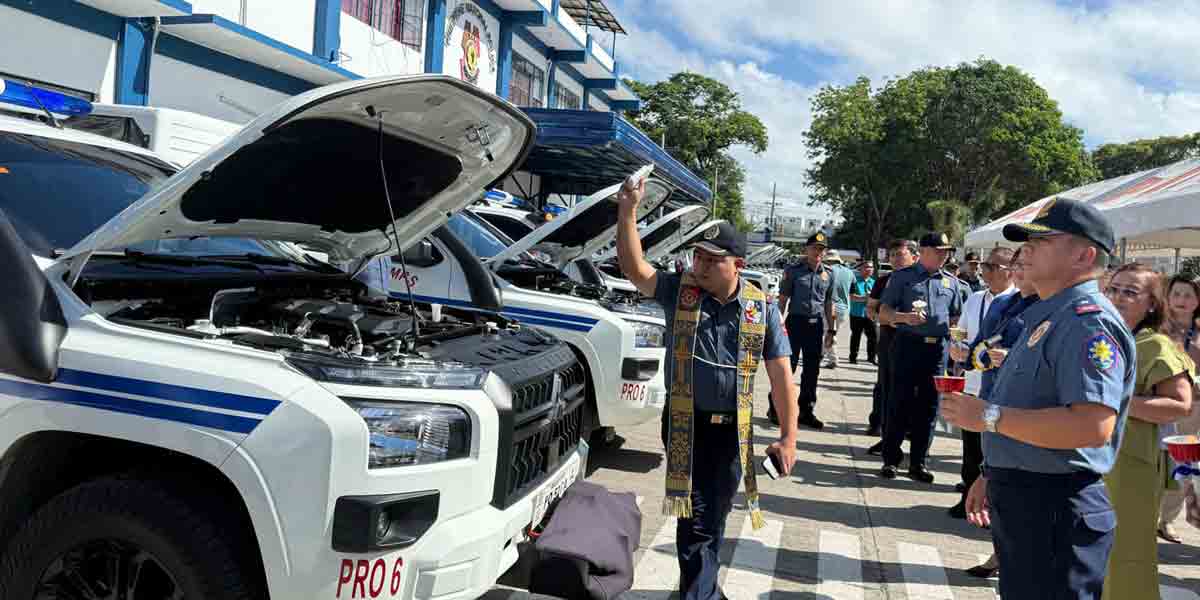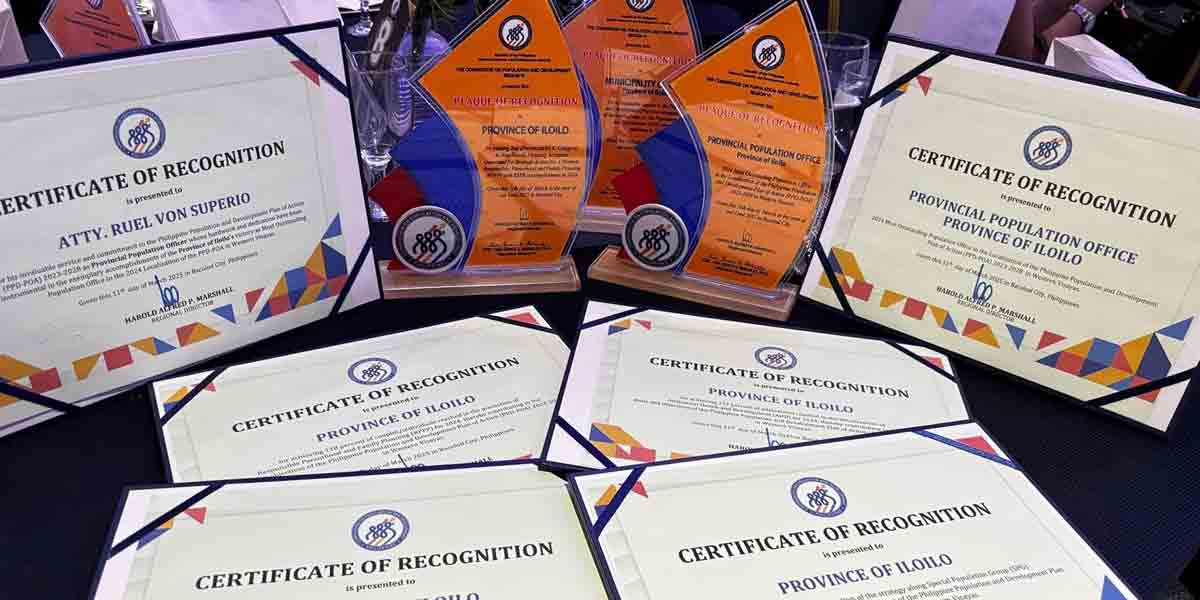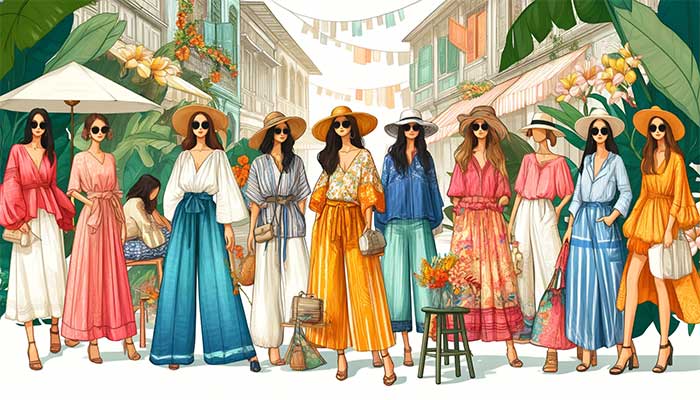
By Gladys P. Paez
The fashion industry holds great interest for Filipinos. This fascination is seen in many facets of Filipino culture, from the use of textiles in traditional attire to the modern fashion industry. Filipinos are generally interested in many different types of fashion, including fast fashion, sustainable fashion, traditional dress, and international trends.
A universal characteristic of most Filipinos, regardless of their financial status, is their appreciation for clothing. Filipinos, whether they are going to the grocery store, church, or the mall, are not likely to leave the house looking like slobs. Filipinos indeed have a keen interest in fashion. The history of Filipino fashion is shaped by several factors, including modernization, history, weather, and traditions. So, how are Filipinos dressing up despite the extreme temperature?
As the scorching sun beats down in the Philippines, creating a sauna-like atmosphere, Filipinos have become experts in navigating the fine line between staying comfortable and looking fashionable. The Filipino people’s ability to adapt and be creative has been shown by their mastery of style despite the intense heat. Every region of the nation has a distinctive method for slaying the heat, whether it be in the vibrant streets of Manila or the serene beaches of Siargao. Now is the perfect time to buy stylish yet functional clothing. Wearing adequate clothing is essential since we expect the same or perhaps higher temperatures during this dry season. Since our bodies naturally produce a lot of heat throughout the summer, it makes no sense to dress in heavy, restrictive clothing when the weather is warm.
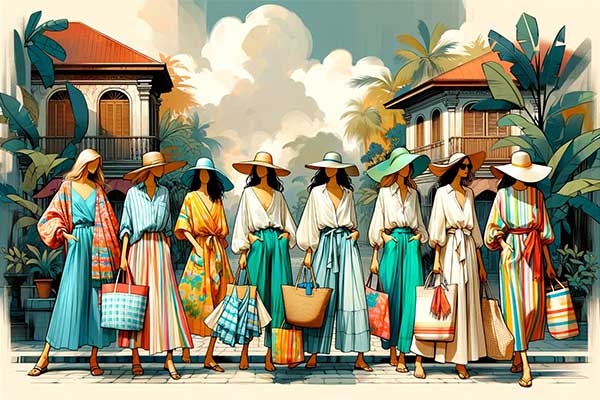
The choice of cloth is important in this tropical paradise where temperatures soar and humidity permeates the air. Lightweight materials such as linen, cotton, and chambray are much needed relief from the intense heat. The cornerstone of the Filipino wardrobe is made up of these breathable materials, which promote airflow and guarantee comfort even in the most sweltering weather. Inappropriate clothing selections can aggravate skin conditions including chafing, inflammation, and heat rash in addition to increasing your risk of developing heat exhaustion. It will be crucial to wear loose-fitting, breathable clothing that permits sweat to evaporate off the body and heat to escape from the skin.
Wearing airy, non-clinging clothing is the most significant thing you can do to increase your comfort level when the humidity is high sweat-absorbing clothing that sticks to your body will make the discomfort worse by absorbing sweat and remaining near your skin. Choose clothes that, rather than hugging, create a tiny physical space from your body to minimize this. Some textile structures are better at creating distance. Lightweight woven materials often have a somewhat better natural drape off your body than knit materials. Choose clothing with moisture management attributes like wicking or absorbency to prevent perspiration from sticking awkwardly to your skin. Choose the fabric with the lowest weight, it’s important to wear clothing that falls slightly off your body with fabric performance.
In addition, color and design are equally as important in Filipino fashion as functionality. Bright colors and whimsical patterns take center stage, bringing life and happiness into regular clothes. Every clothing item reveals a different aspect of the rich cultural tapestry that is in the Philippines, from vivid florals to rich cultural tapestries.
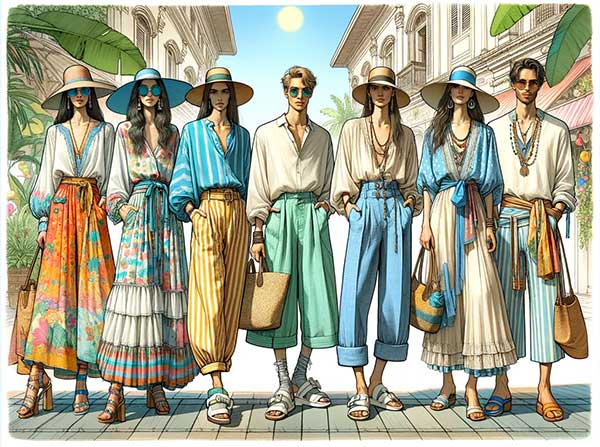
The Filipino population has a lasting fondness for flowing shapes, as evidenced by the prevalence of loose-fitting blouses, wide-leg pants, and billowy gowns in every wardrobe. These carefree looks are ideal for strolling through the busy streets or relaxing on the beaches because they not only improve airflow but also give off a feeling of freedom and movement.
The Filipino style of fashion emphasizes versatility, particularly in layering. Denim jackets, shawls, and lightweight cardigans are wardrobe staples that enhance any ensemble with texture and character while providing warmth when needed. Accessories are also very important. Lightweight scarves, sunglasses, and hats with large brims protect the wearer from the sun’s rays while also adding style to outfits. Sunscreen is the most important accessory today, sun exposure poses a threat to your health leading to premature aging, sunburns, hyperpigmentation, and an increased risk of skin cancer.
The heat doesn’t stop Filipinos from being stylish, even in these extreme temperatures. Students manage to stay cool and follow dress codes even in the classroom, where the sun’s rays are frequently at their fiercest. Many schools no longer compel students to wear uniforms, allowing them to be more casual while still maintaining a professional appearance. This change ensures that students may concentrate on their studies without being sidetracked by discomfort and represents a wider recognition of the significance of comfort and practicality in education.
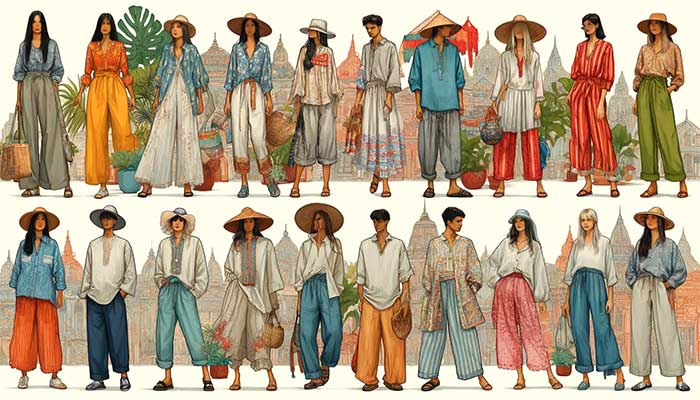
In the Philippines, fashion is not just a means of self-expression; it’s a way of life. It’s about celebrating the unique blend of cultures, traditions, and landscapes that make the country so special. Whether it’s a stroll along the beach, a night out in the city, or a day of exploring hidden gems in the countryside, Filipinos know how to dress to impress while staying cool and comfortable. In a land where the sun never seems to set on style, innovation, and creativity are always in fashion. However, no clothing can protect us from the intense heat, it is very important to check the heat temperature before heading out for the day and also consider bringing umbrellas.
(Gladys P. Paez is a third-year Political Science student from the University of Cebu Main Campus. Images generated by DALL.E)

